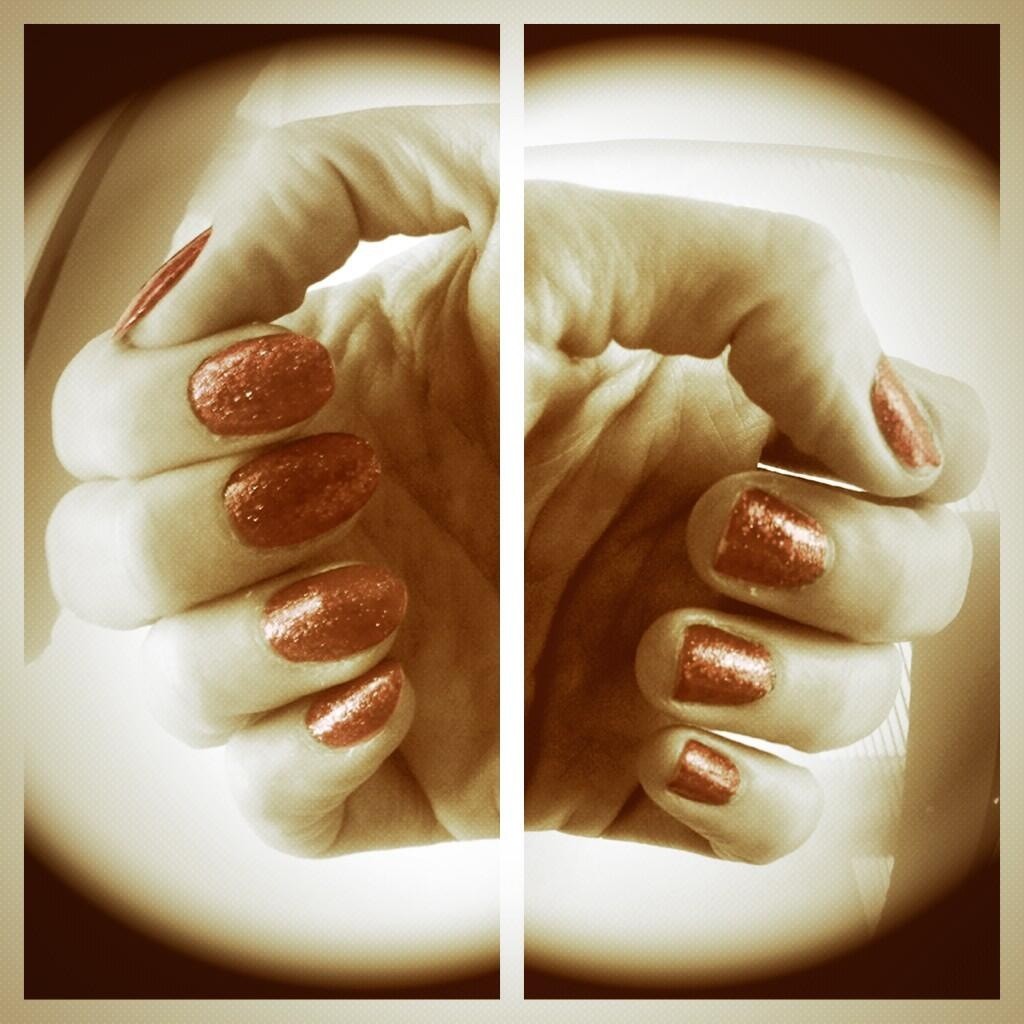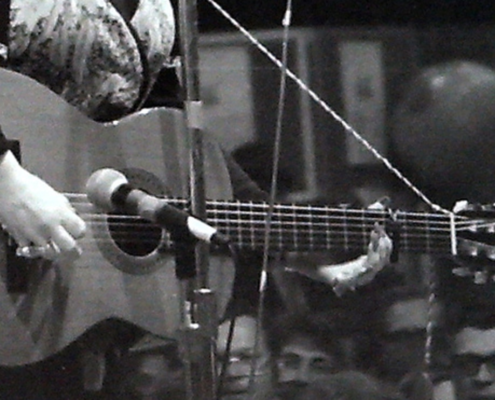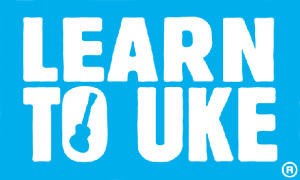Should I Play Ukulele With A Plectrum?
Should I Strum The Ukulele With My Finger Or My Thumb?
Along with the plectrum/pick question, we often get asked other questions about how to strum on the ukulele, where to strum on the ukulele, what to strum with (should I cut my nails?) and lots of other, more detailed questions. Thank you for asking, this blog is just for you. I hope we cover the top 5 questions associated with strumming your ukulele below:
1. Can I play with a plectrum?
If you want to be really loud, and play lead lines and single notes, then yes, do play with a plectrum. I prefer not to, I prefer finger picking both for strumming and for lead melody playing but some lead players use a plectrum in order to get a louder sound when they are playing lead lines.
2. Can I use a felt pick?
Yes, but I think it’s better to learn to use your finger to strum, as there are many percussive strums and ukulele tricks you can employ later on which use a finger, some fingers, or finger and thumb combos.
3. Can I play with my thumb?
In practice, you can play with any digit you like. I prefer to play with my finger, as the nail hits on the on beat, with the flesh coming back up on the off beat. If you play with your thumb the reverse is true. That’s good if you’re looking to get a reggae or ska feel, or play gently for jazzy or gentle songs, but starting out it might be worth learning to play with your finger.
4. Should I cut my nails?
In a word, ideally, yes*. On your chord making hand. If you have long nails on the chord making hand, it will keep your finger away from the strings. You need your fingertip to be able to press the strings down to make the chords, or they will sound ‘dead’ or ‘muted’. Chords need three or more notes sounding, so three strings ringing clearly to make a chord. If some of your strings are dead because you’re not pressing down hard enough with your fretting or chord-making hand, your chord may sound unusual and not as you want it to. Later on, when you’ve been playing for a while, if you want to pick notes out (this is sometimes known as playing fingerstyle) then it may help to have long nails or acrylic nails on the finger picking hand. (As I do at times, shown in the photo below)

Ukulele nails – short on the fretting or chord making hand, and long (if possible) on your strumming or picking hand.
*unless you are Dolly Parton, or you are channelling Dolly, by coming in at the ‘Dolly Angle’ as seen below:

Dolly Parton’s Nails Playing Guitar
5. Where (on the ukulele) do I strum?
It sounds nicest if you strum over the fretboard. The strings are closer to the fretboard than they are to the body, so you’re less likely to catch your finger when you’re strumming there, than if you were strumming lower down towards the soundhole. Also, you are less likely to damage the body of the ukulele as you won’t bash it if your finger lands in mid air, whereas you’ll end up with a hole if your nails bash the body. A musical and a practical reason to shift your finger along!
Want to see a video to help you along? Here you go!
